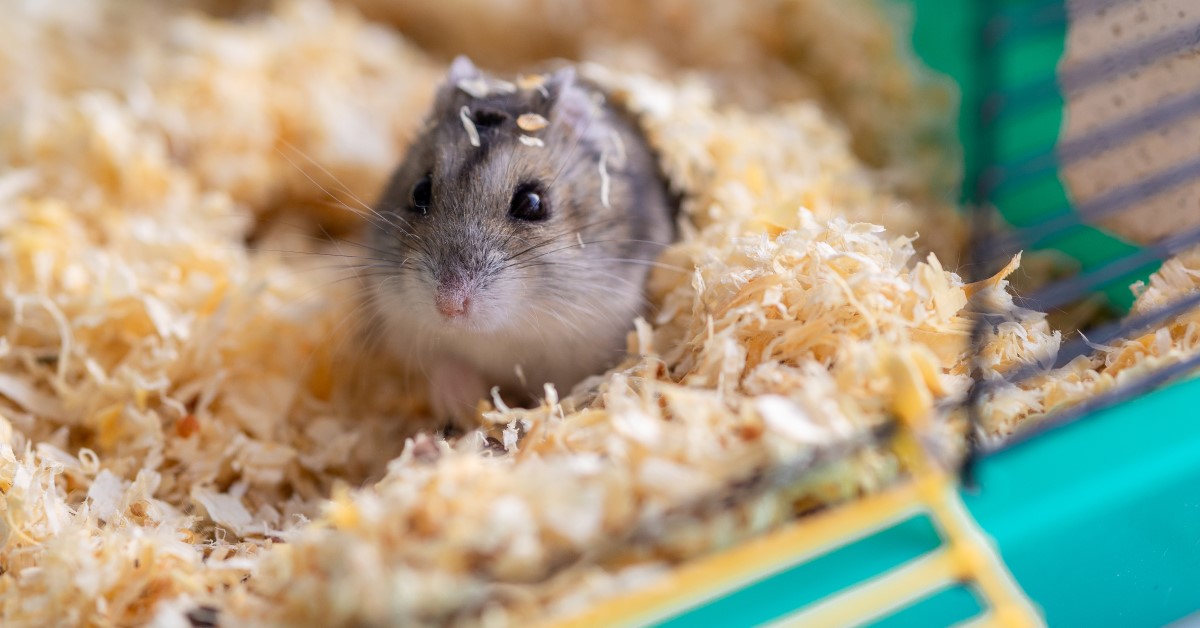Top Hamsters for Small Families
Hamsters make ideal pets for small families due to their friendly personalities, minimal care requirements, and captivating behaviors. Whether you’re a first-time pet owner or looking to add a furry friend to your home, choosing the right hamster breed is essential. In this article, we’ll explore the best hamster types suitable for small families, their care needs, and how they can enhance the joy of family life.
Why Choose Hamsters for Small Families?
Hamsters are not only adorable but also serve as excellent companions for families with children. One of the significant advantages of having a hamster is their low maintenance requirements. They typically need a small cage equipped with bedding, food, and toys. Additionally, they don’t require outdoor walks, making them particularly suitable for busy families. **Hamsters** are generally gentle and can help teach children about responsibility through their care.
Hamster Size and Space Considerations
When selecting a hamster for your family, consider their size and space requirements. Larger breeds, such as Syrian hamsters, will need more space compared to smaller ones like Roborovski hamsters. For a family with young children, opting for a breed that is on the larger side might be beneficial since they are easier to handle. Ensure that the cage is spacious, secure, and equipped with plenty of enrichment to keep your new pet happy and active.
Behavioral Traits of Hamsters
Each hamster breed has unique behavioral characteristics that can influence your family’s interaction with them. **Syrian hamsters** are known for their friendliness and individual personalities, which often make them more suitable for handling than the more skittish dwarf species. Understanding these traits will aid your family in choosing the right type of hamster that suits their lifestyle, aiding in their overall enjoyment.

Top Hamster Breeds for Families
With several hamster breeds available, knowing which are best for families can be a challenge. Below, we’ll delve into the most suitable hamster breeds for small families, along with their distinct characteristics and care requirements.
Syrian Hamster
The **Syrian hamster**, often referred to as the golden hamster, is one of the most popular choices for families. **They are solitary animals**, requiring a space to themselves and enjoying interaction with humans. Their larger size, typically ranging from 5 to 7 inches, makes them easier for children to hold and play with under supervision. Furthermore, they are known to be friendly and tolerant, making them especially suitable for younger kids.
Dwarf Campbell’s Hamster
The **Dwarf Campbell’s hamster** is another great option for families. While smaller than Syrian hamsters, ranging around 3 to 4 inches, they are full of personality and quite active. They do well in pairs; if your family is up for it, consider adopting a pair to enhance their social life. However, it’s important to provide ample space and resources, so they don’t become territorial.
Roborovski Hamster
**Roborovski hamsters** are among the smallest hamster breeds, averaging about 2 inches in length. They are lively and hardy little creatures that can often make an entertaining addition to your family. Though they can be more challenging to handle due to their quick movements, their playful nature can provide endless entertainment. It’s vital to supervise interactions, especially with younger children.
Proper Care Tips for Family Hamsters
Understanding the **care needs** of your chosen hamster breed will ensure a healthy, happy pet. While hamsters are low-maintenance animals, they do require certain basics for their well-being.
Nutritional Needs
Hamsters thrive on a balanced diet primarily composed of commercial hamster pellets, supplemented with small amounts of fresh fruits and vegetables. It’s vital to avoid giving them citrus fruits or other foods that can upset their digestive systems. Providing clean, fresh water daily is also essential to maintain hydration and good health.
Cage Setup and Environment
Creating a suitable living environment is crucial for your hamster’s mental and physical stimulation. A well-ventilated cage with plenty of bedding should provide a comfy sleeping area. Adding tunnels, chew toys, and an exercise wheel will encourage physical activity, providing an enriching habitat for your furry friend.
Socialization and Interaction
Proper socialization is essential for hamsters to thrive in a family environment. Engaging with your pet through gentle handling and interaction can foster a close bond. Ensure that children understand the correct ways to handle and play with hamsters, encouraging gentle interactions. Supervised playtime outside the cage can help strengthen the bond between hamsters and family members.
Key Takeaways
- Hamsters are low-maintenance pets, ideal for small families.
- Syrian hamsters provide friendly companionship, while Roborovski hamsters are playful and entertaining.
- A balanced diet and a stimulating environment are essential for your hamster’s well-being.
- Supervised interactions foster a healthy bond between hamsters and family members.
FAQ
1. What is the best type of hamster for young children?
For young children, the **Syrian hamster** is often the best choice due to its friendly nature and larger size, making it easier to hold and handle. It’s essential to supervise interactions to teach children how to treat pets gently and respectfully.
2. How do I keep my hamster entertained?
Keeping your hamster entertained involves providing a variety of toys; tunnels, exercise wheels, and chew toys are great options. Regular out-of-cage time and new items in their habitat can stimulate their curiosity and energy levels.
3. Are hamsters easy to care for, especially for busy families?
Yes, hamsters are relatively easy to care for and require minimal maintenance compared to larger pets. They need fresh food and water, regular cleaning of their cages, and interaction, which makes them suitable for busy families.
4. Can I keep more than one hamster together?
While some hamsters, like the **Dwarf Campbell’s**, can live together, many hamsters are solitary and may become territorial. Syrian hamsters must be housed individually, while dwarf species can sometimes be kept in pairs if introduced properly.
5. How often should I clean my hamster’s cage?
It is advisable to clean your hamster’s cage at least once a week, removing uneaten food and soiled bedding. Monthly deep cleaning, where you change all the bedding and clean all surfaces, is also essential to maintain a healthy habitat.
In conclusion, choosing the right hamster for your small family can bring immense joy and companionship. Understanding the different breeds and their needs will enhance your family’s experience while introducing a new furry friend into your home.
